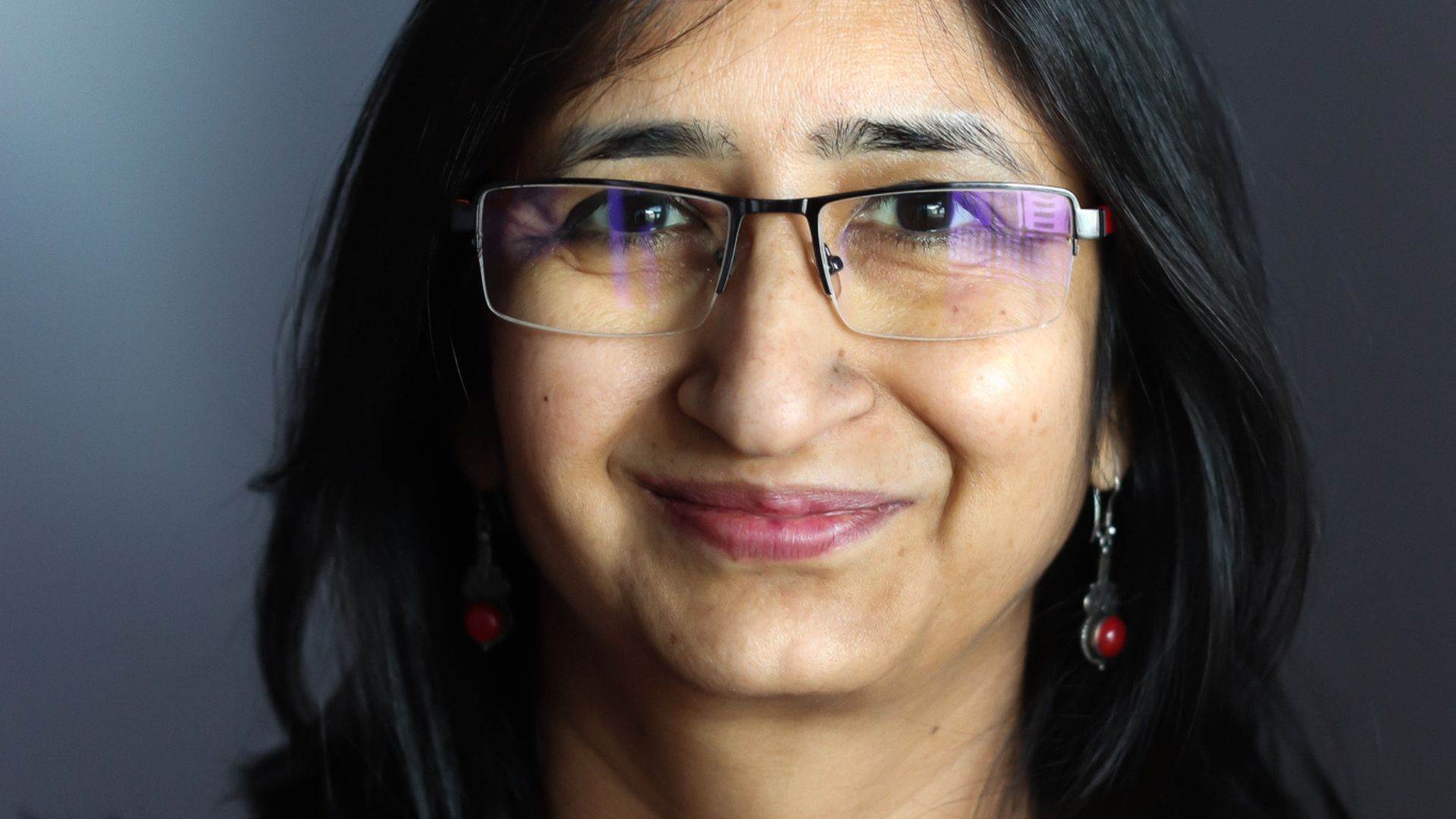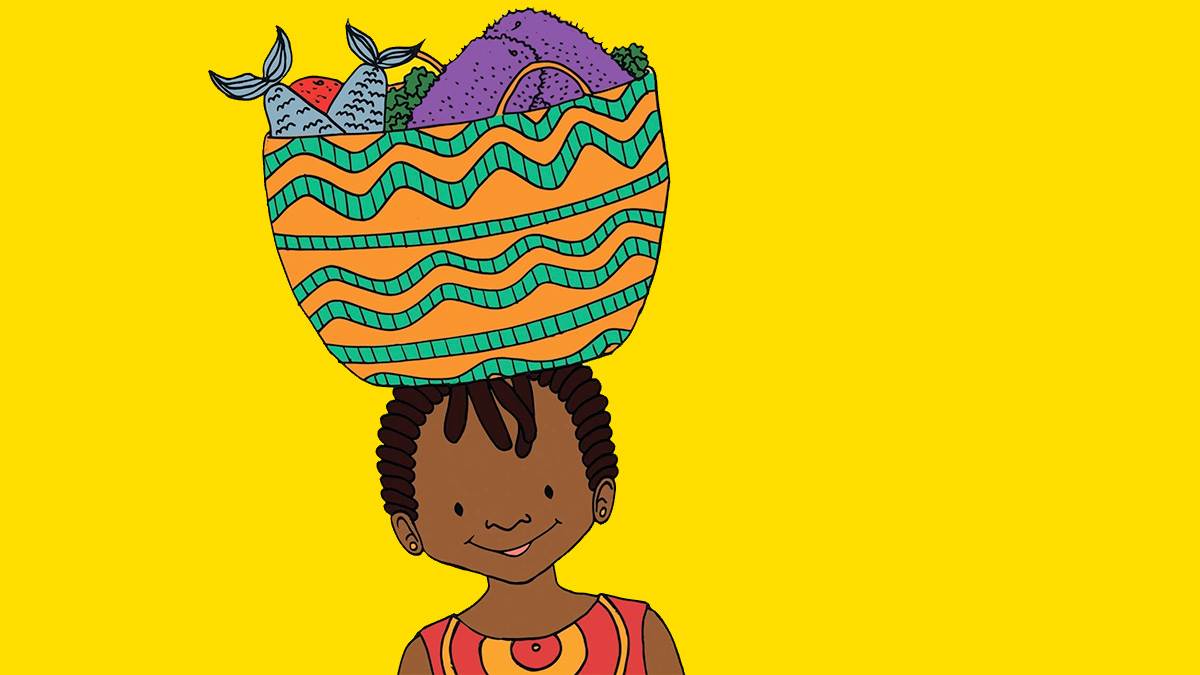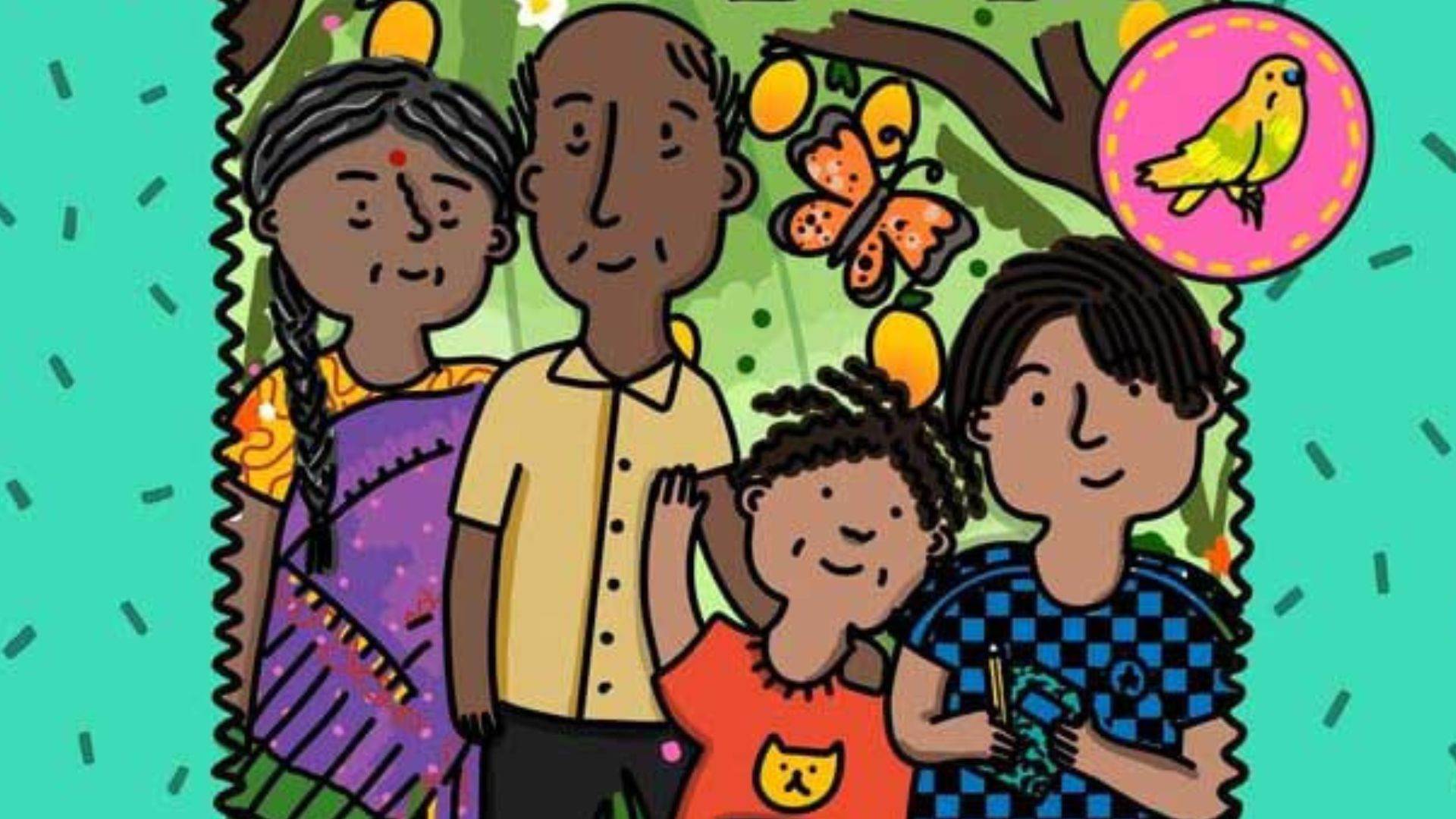How early chapter books can get children reading for pleasure
Published on: 09 January 2024
BookTrust research tells us that daily shared reading can drop between ages 4-7, from 68% to 54%. Yet there are many engaging, exciting and accessible books for this age group.
We asked author Chitra Soundar to share her thoughts – and recommendations – on brilliant first chapter books to hook in newly confident readers.

The comfort of returning to the characters we love
Growing up in India in the 70s, I didn’t have access to many picture books. But I had plenty of access to short stories and chapter books. Some Indian books by authors like R K Narayan and Ruskin Bond, and loads of series fiction from the west – ranging from Enid Blyton to the mass-produced Nancy Drew and Hardy Boys mysteries. One notable Indian series that I still have copies of is Arup Kumar Dutta’s Adventures in Kaziranga. (Sidebar: I wrote to Arup Kumar Dutta a couple of years ago and told him how transformative his books were to me and that I was an author too, with love for the environment and he actually wrote back to me!)
Even though most of these books were set in different countries and in some cases in different decades, and even though the lives of the characters appeared so different from my own, there was something comforting in returning to the same characters, over and over again.
Children who have been read to before and as they learn to read are eager to read books that are within their reach – from a vocabulary, story and comprehension point of view. This doesn’t have to mean offering only reading scheme books.
Children want to fall in love with characters and return to them.
Books with familiar settings can help children through big life changes
As children are reading about animals, adventures, sports, magic and fairies, they are also in their real lives undergoing big changes – they are in the big school, they have longer school days, new friendships to form and they are learning so many things.
So for them, reading easy readers and early chapter books is like a comfort blanket – they are not struggling to read them, they get a sense of achievement when they finish a short story, and the stories are not too fantastical or unrelatable that they have to struggle to figure out what is going on, leading to a genuine pleasure in reading and helping build a strong reading habit.
 Illustration from Too Small Tola by Atinuke
Illustration from Too Small Tola by Atinuke
When I started writing my Nikhil and Jay chapter book series, my goals were just that – for readers who were newly independent to discover and return to Nikhil and Jay. For those readers who aren’t Indian or from a dual heritage, these stories offer the “oh look!” element that I got from reading Nancy Drew or the Enid Blyton stories. For children who are from dual-heritage families and whose heritage is partly Indian, they see recognisable settings, languages and customs.
The universality of the emotions is the key to unlocking their interest, ranging from losing a beloved toy, to getting older and finding you still can’t do everything, to being upset about the local library closing – these are all stories about growing up in contemporary Britain.
The recognisable settings in the stories help new readers read and comprehend through context, which leads to confidence in reading, creating lifelong readers.
Discovering a favourite series can be like finding a best friend
As they transition from nursery and Reception to the big school in Years 1 & 2, these children are discovering and making sense of the world around them. Series fiction in this new world is like a BFF – best friend forever. There are characters to get to know, make friends with and to return to again and again. And it’s more joyful when they can share these characters with their real-life best friends too.
This is not to say you can’t have animal lead characters. Swapna Haddow has the brilliant Bad Panda series that is hilarious, and that is important too. (And I’m a big fan).
 Illustration from Nikhil and Jay: Off to India
Illustration from Nikhil and Jay: Off to India
Series fiction is the child’s first gateway into the world as an independent reader. Through these books, they come to understand not only their school and their friends but also family relationships, life values and about losses, celebrations and their heritage.
When young readers see their own experiences and family situations represented in what they read, it helps them not only take a huge interest in books but also gives them the reassurance that they belong in this society.
When I read a story set in another continent as a child, I knew it wasn’t my world. I had neither eaten scones nor been to Hawaii.
Imagine reading books set in your own country that make you feel you don’t belong there?
When children only read about characters so far away from their own reality how will they feel like they belong here, in the present in our midst? This is not to say stories cannot be set anywhere else. The stories can be set anywhere but the setting and characters must be as authentic they can be. Atinuke tells us stories about Anna Hibiscus and The No. 1 Car Spotter who live in Africa, Amazing Africa and about Too Small Tola. Niki Daly tells us stories about Lolo in South Africa. My own Sona Sharma series are set in Chennai, in India. The stories in these books arise partly or fully from the culture, but the culture is not the backdrop alone – it is the spring from which conflicts arise and resolutions are found.
Here are some series fiction recommendations from me – some of mine (I write a lot of them) and some from amazing authors.
- Series that I write for 5+ readers and slightly older:
- Nikhil and Jay series illustrated by Soofiya
- Sona Sharma series illustrated by Jen Khatun
- Prince Veera series illustrate by Uma Krishnaswamy
My favourite early reader series:
- Atinuke’s Anna Hibiscus stories illustrated by Lauren Tobia
- Atinuke’s No 1 Car Spotter series illustrated by Warwick Johnson Cadwell
- Niki Daly’s Lolo series
- Saadia Faruqi’s Yasmin collection illustrated by Hatem Aly
- Malorie Blackman’s Betsey series illustrated by Jamie Smith
- Malorie Blackman’s Girl Wonder series illustrated by Jamie Smith
For 7+ readers, my favourites are:
- Planet Omar by Zanib Mian illustrated by Nasaya Mafaridik
- My Laugh-out Loud Life by Burhana Islam illustrated by Farah Khandhaker
Find out more about Chitra Soundar at www.chitrasoundar.com and follow her on X at @csoundar.
Topics: 6-8 years, 9-11 years, Chapter book, Features
